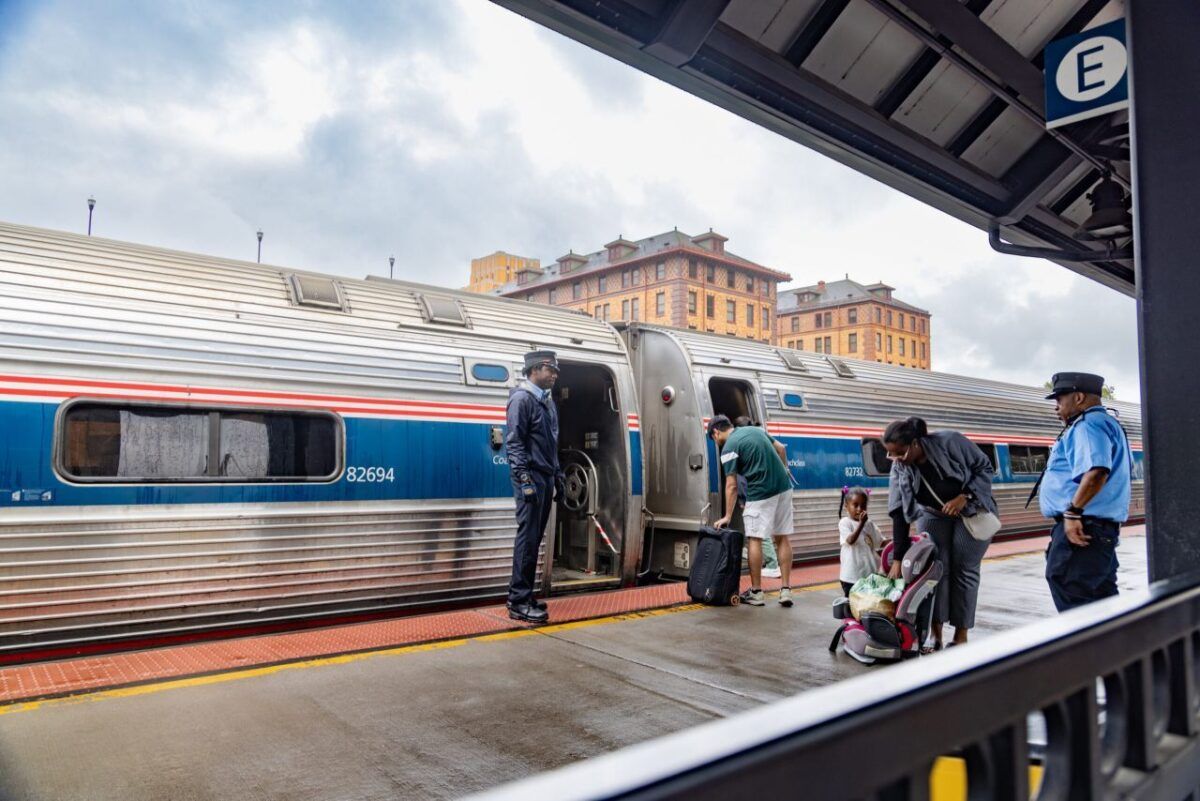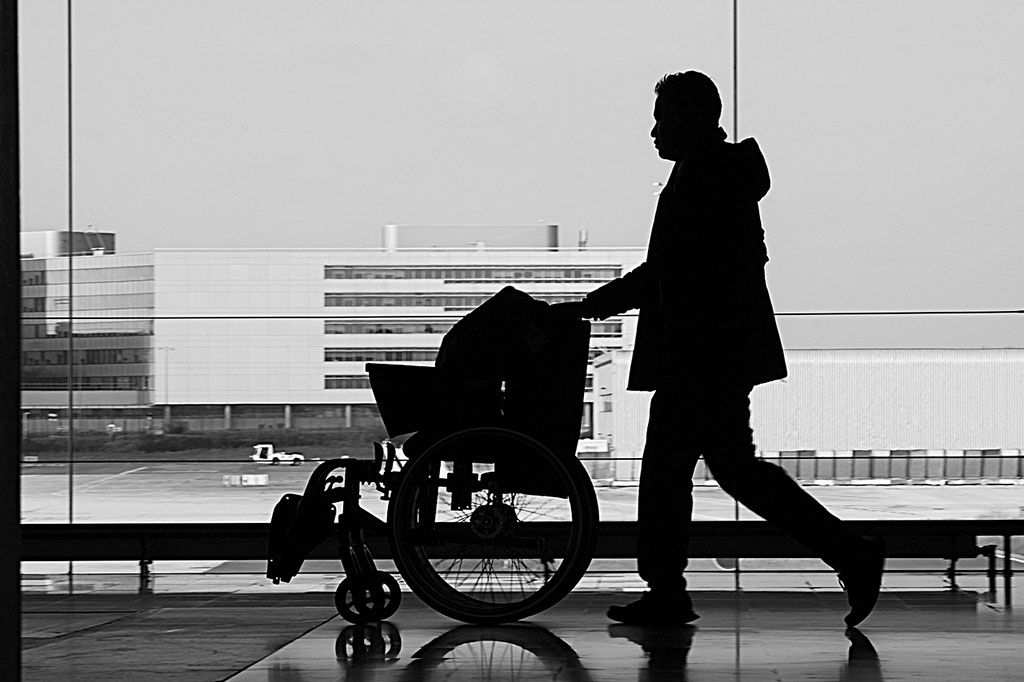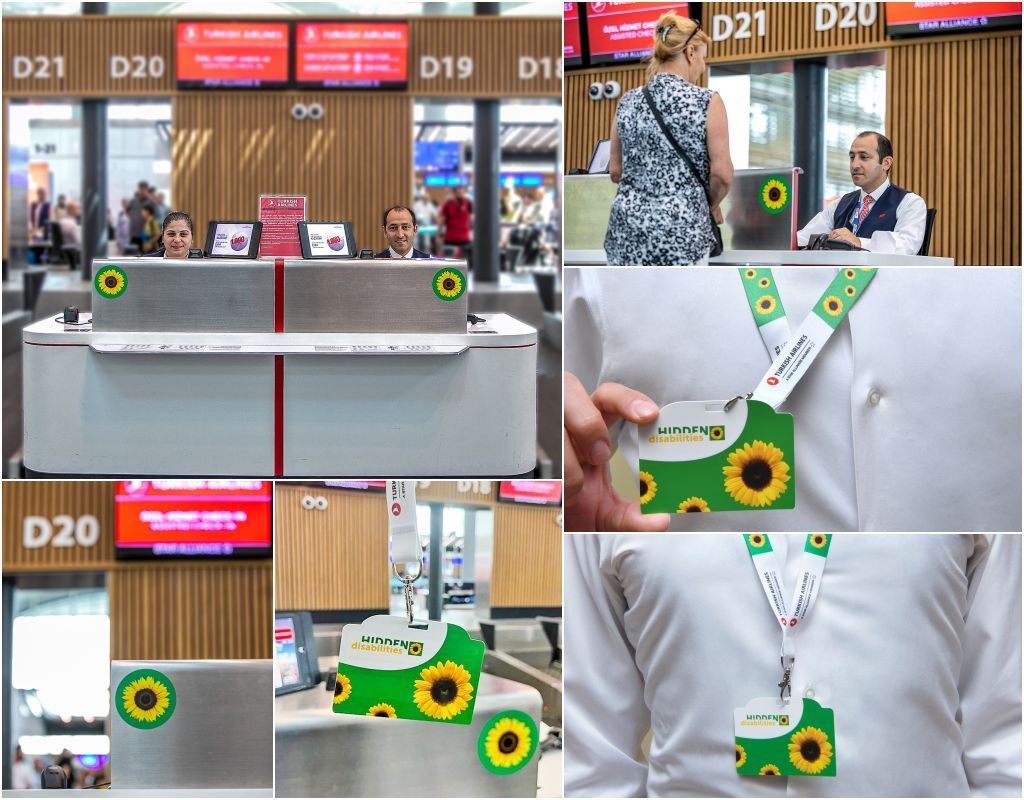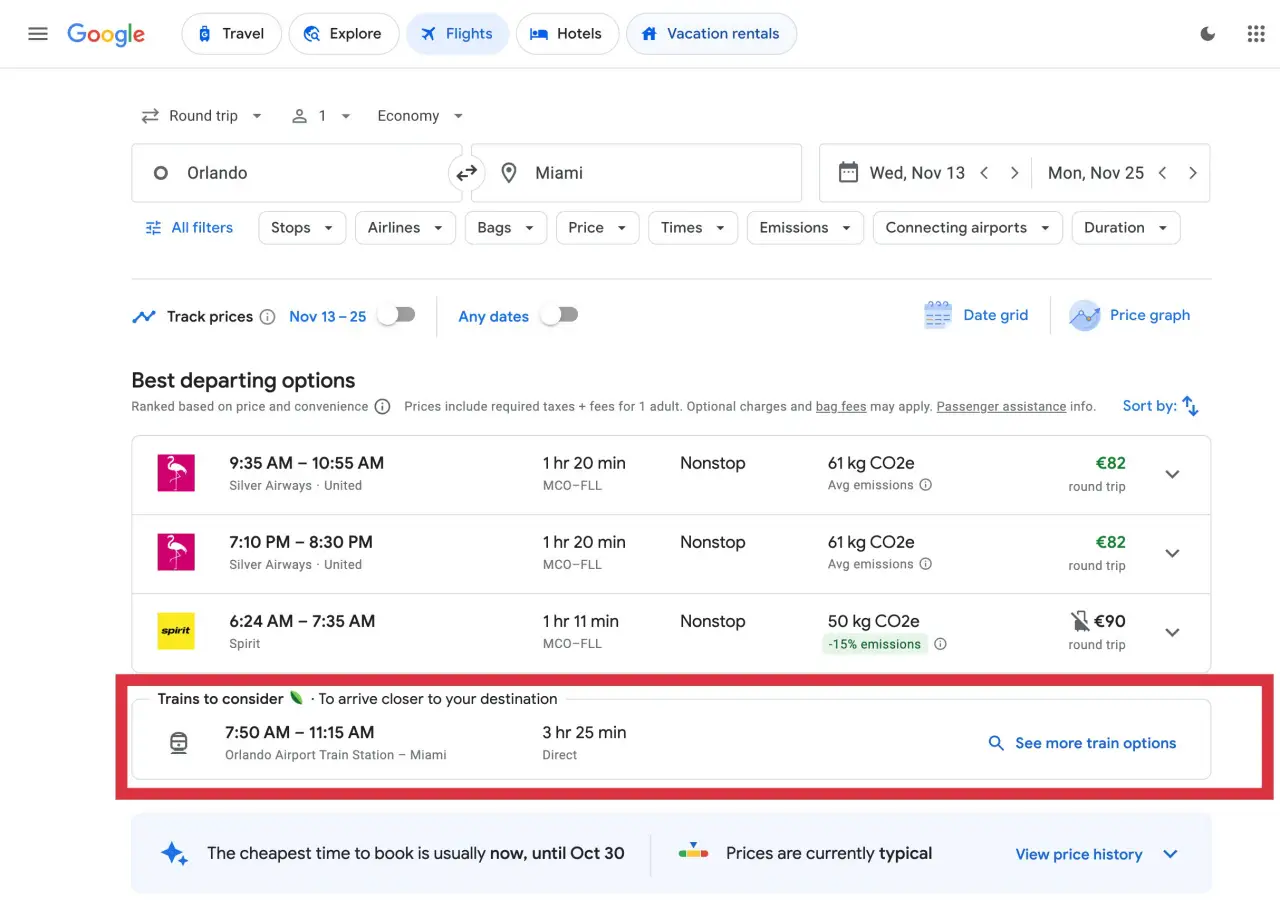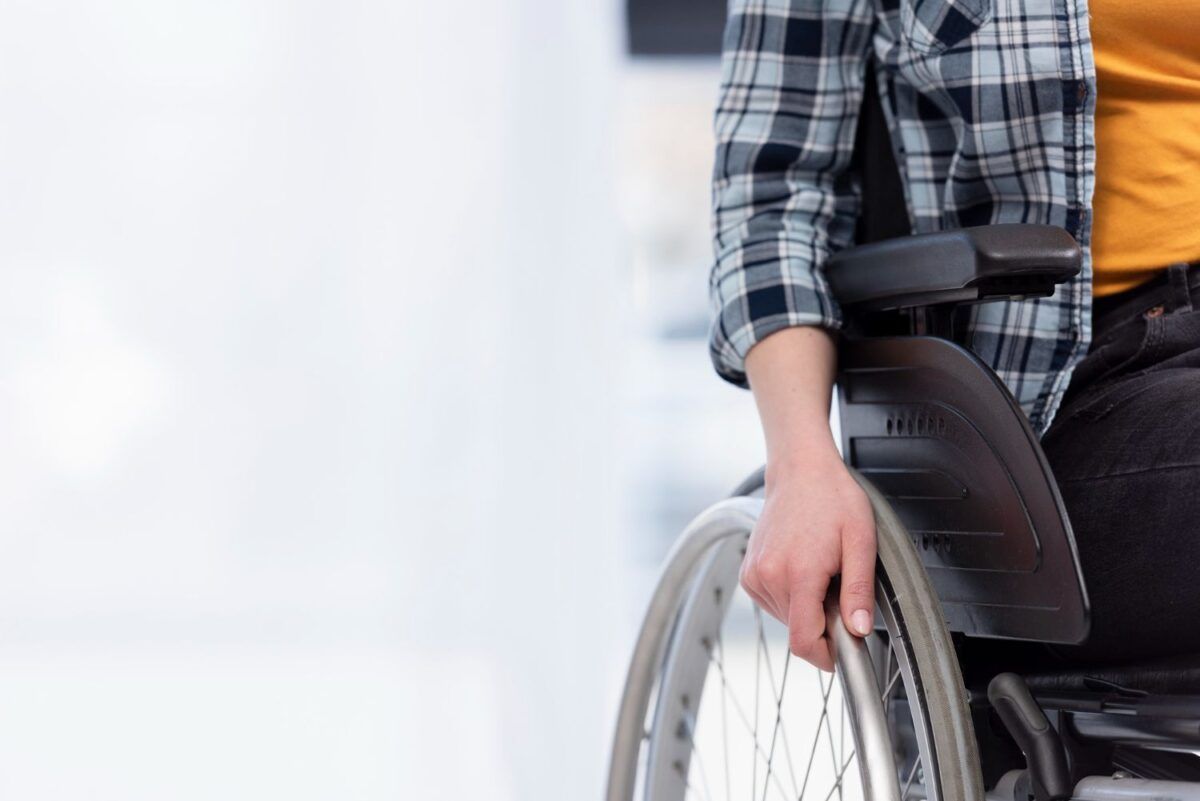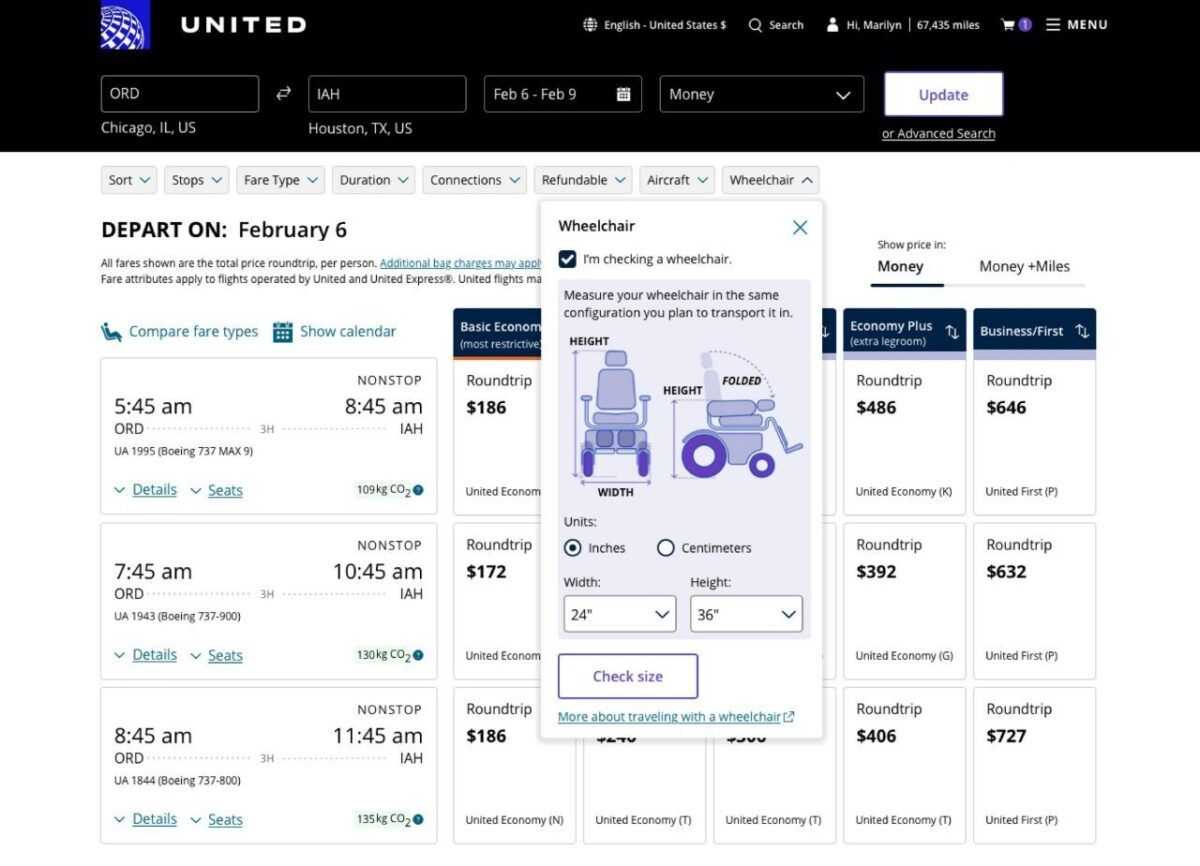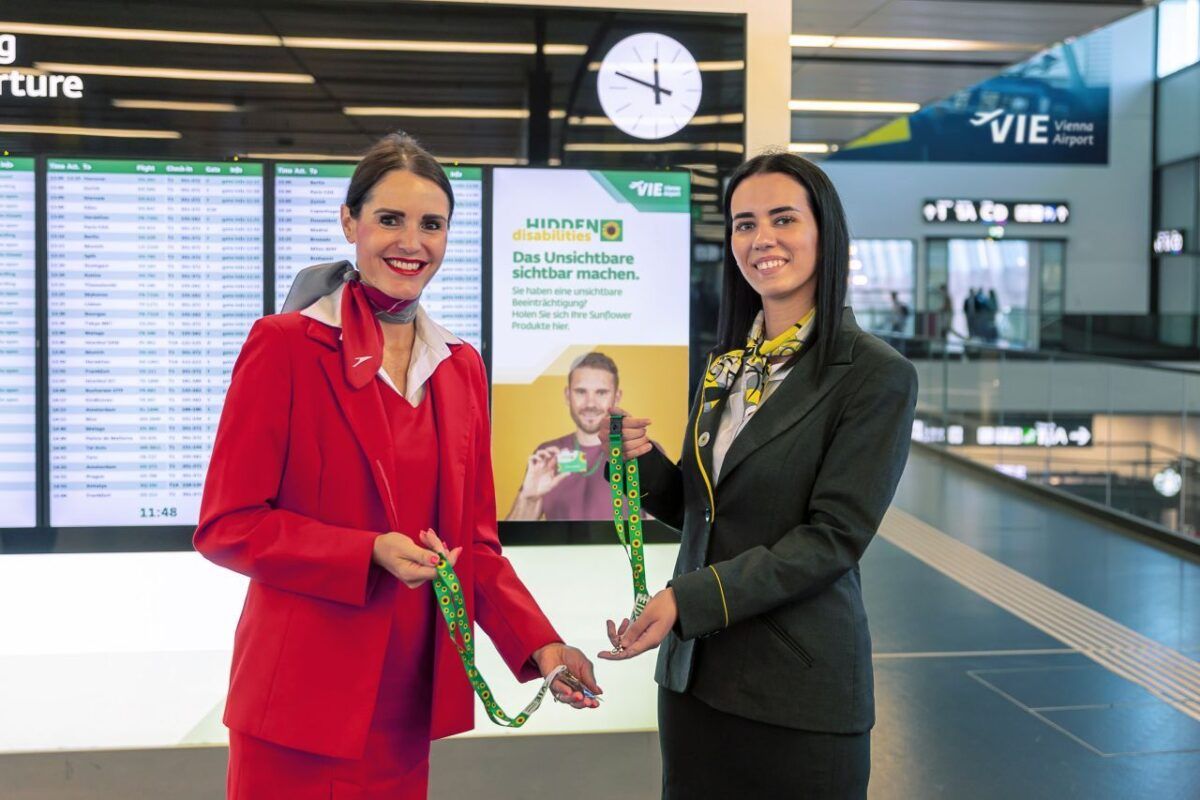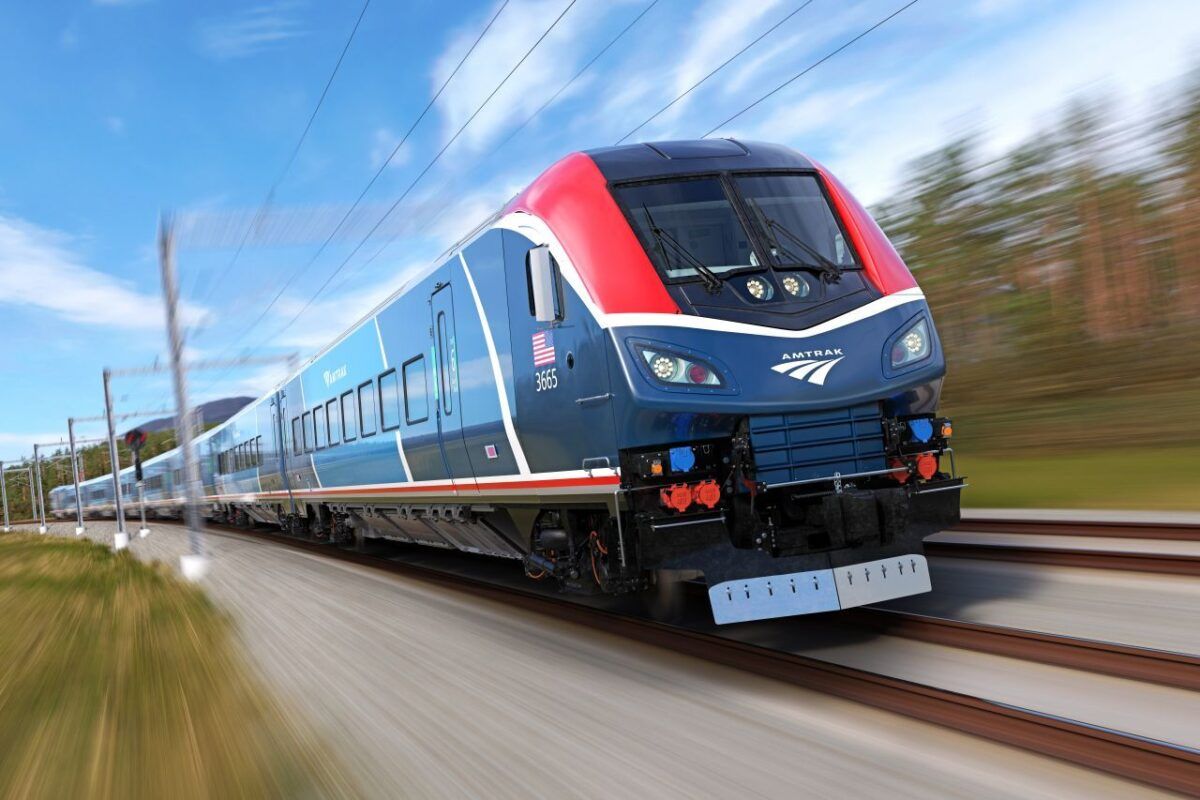Amtrak, the National Railroad Passenger Corporation, has confirmed its commitment to improving accessibility across its entire network.
Since 2011, the company has funneled $770 million into upgrades and enhancements aimed at creating a safer, more efficient, and more comfortable experience for passengers with disabilities. Projects include renovations to entranceways and restrooms, alongside repairs and enhancements to platforms, ramps, and sidewalks. Ambitiously, Amtrak is aiming to reach full completion by 2029.
Further improvements, both to existing and new fleets, are currently underway. This effort also encompasses enhancements to the booking process and digital navigation for customers, ensuring a seamless, fully accessible travel experience.
Amtrak President Roger Harris underlined the benefits of these significant investments. “These investments benefit all of our customers by improving the travel experience at every aspect of the journey – from trip planning to purchasing tickets, to using our stations, trains, and services,” he stated. The success of these initiatives, he pointed out, relies heavily on strong collaborations and shared commitment from various partners, including the community, the Department of Transportation, local governments, freight railroads, and others.
Amtrak has identified several key areas for their upcoming projects:
Stations: A comprehensive design and construction program, costing multi-billion dollars over several years, aims to ensure full compliance and accessibility. This includes parking, station buildings, and platforms. Thus far, 117 stations have been brought into compliance, with an additional 67 stations made accessible. Other improvements include the deployment of assistive boarding equipment and audio-visual train status and boarding information systems.
Equipment: Upcoming trains, including new Acela and Amtrak Airo, will be equipped with public address customer information systems, providing real-time information in both audio and visual formats. These trains will also feature spacious and accessible restrooms, vestibules, and Café Cars, designed for customers with reduced mobility. Further enhancements to all fleets include handrails, slip-resistant vestibule flooring, and compliant service counters in Café Cars.
The Amtrak Americans with Disabilities Act Stations Program is responsible for overseeing these crucial accessibility-related station improvement projects. The program has highlighted another 39 stations set for completion this fiscal year, expecting to invest a forecasted $140 million.
U.S. Senator Tammy Duckworth (D-IL), the author of the All Stations Accessibility Program (ASAP) Act, expressed her support for Amtrak’s commitment. “Today’s announcement gets us closer to a nation where Americans of all ability statuses can safely and confidently enjoy public transit,” she said.
With a boost of $1.2 billion in investments from the Infrastructure Investment & Jobs Act (IIJA), Amtrak is primed to advance its comprehensive improvement program. This program is aimed at delivering a safe, efficient, and inclusive travel experience for all, underlining Amtrak’s commitment to serving all Americans.

